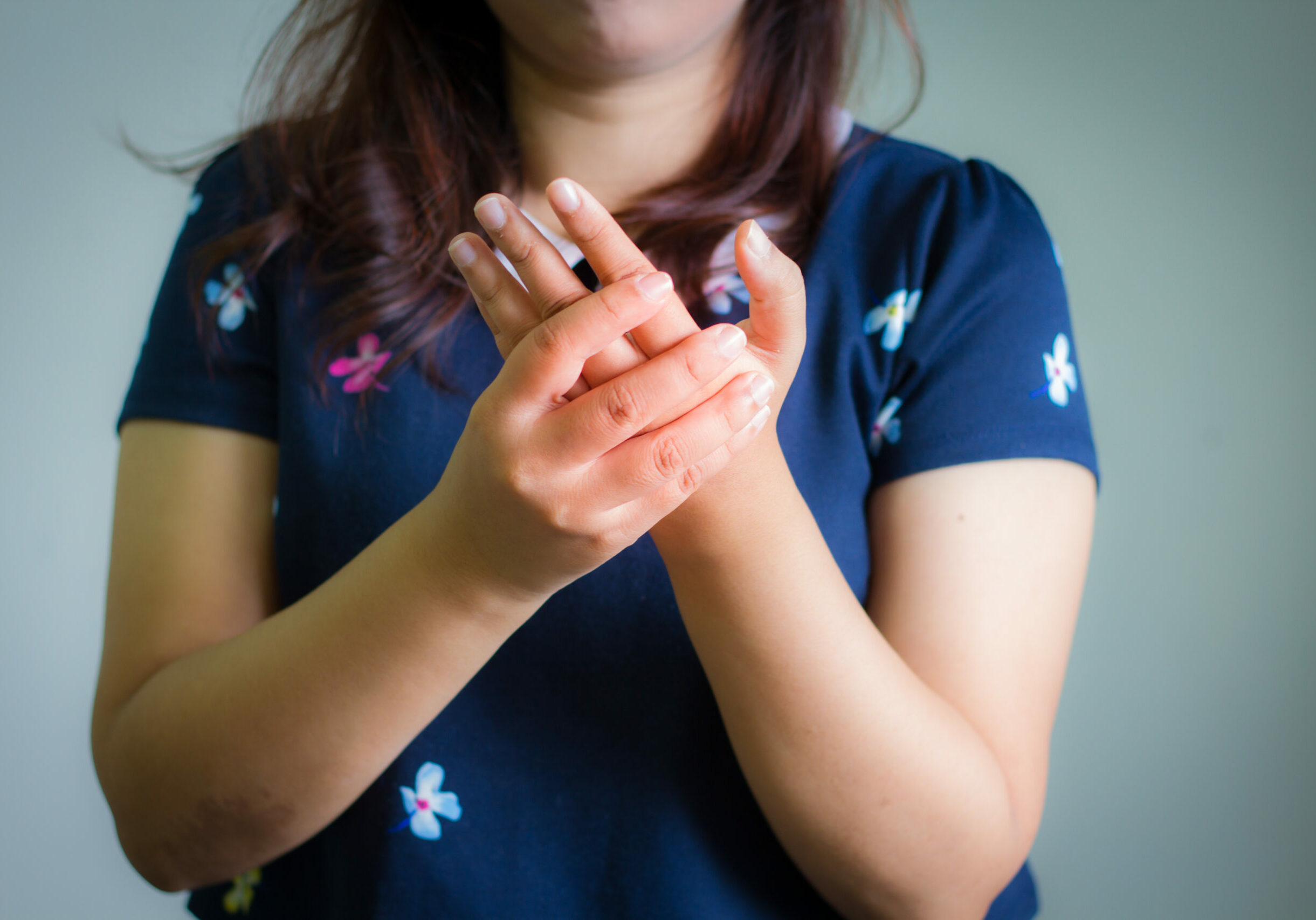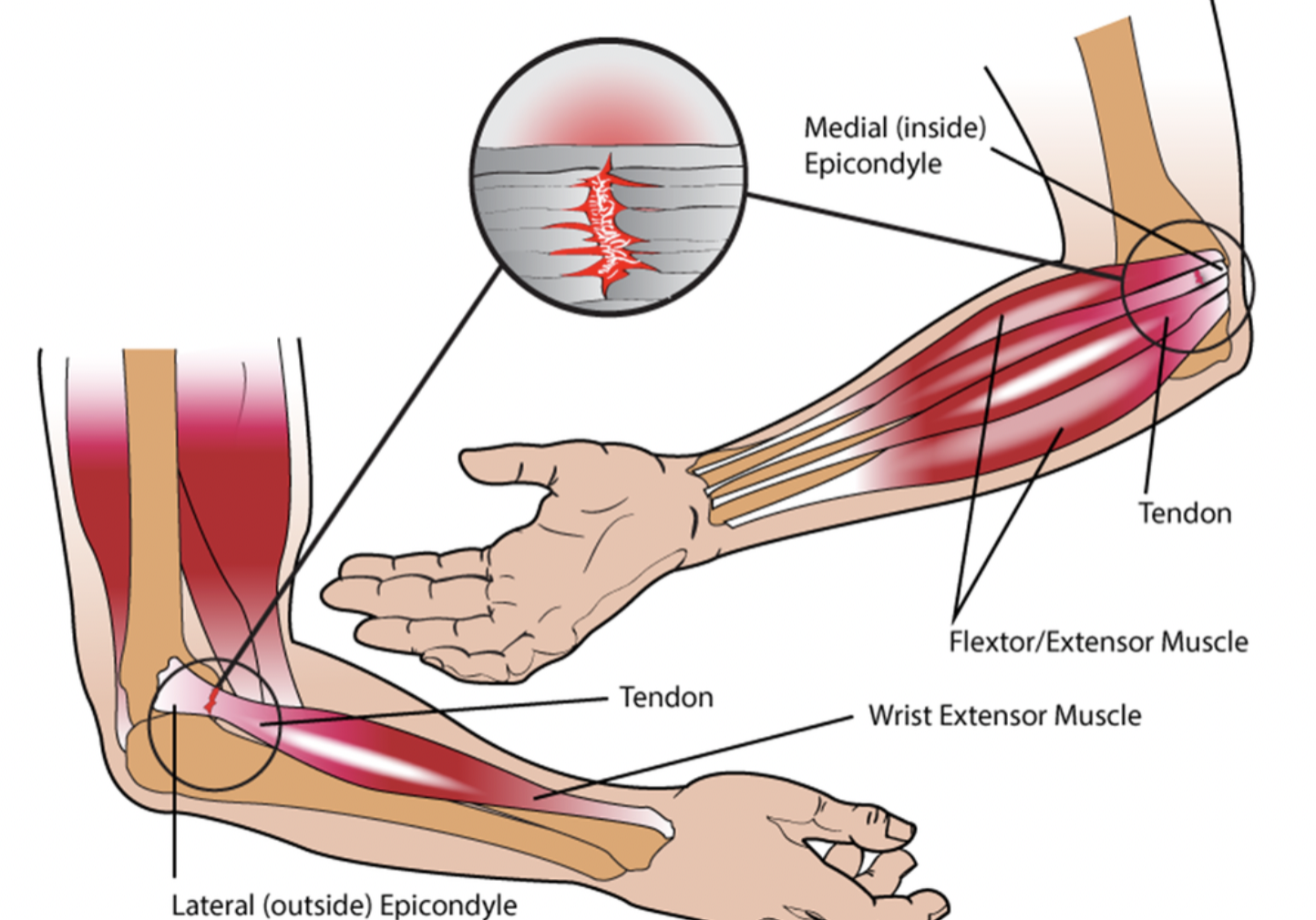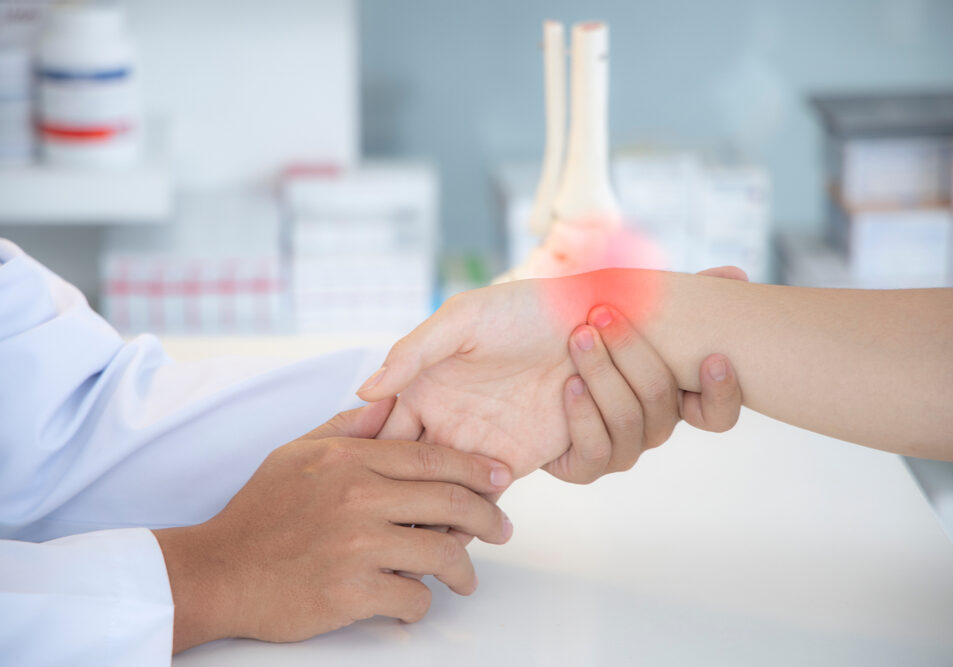Is HEP Just as Good as Therapy for Metacarpal Fracture Rehab?
Filed under Reviews, Treatments
Gülke, J., Leopold, B., Grözinger, D., Drews, B., Paschke, S., & Wachter, N. J. (2018). Postoperative treatment of metacarpal fractures – Classical physical therapy compared with a home exercise program. Journal of Hand Therapy, 31(1), 20-28.
The Skinny – Medicine is moving towards a model that encourages less direct intervention and a more DIY focus for the patients with a home exercise program (HEP). This article compared outcomes of 60 patients (30 in each group) whose care was either directed by a Physical Therapist (PT) or through HEP alone. Participants suffered from isolated diaphyseal or metaphyseal 2nd to 5th metacarpal fracture with either a rotational or shortening or volar dislocation deformity.
In The Weeds – Directed therapy was conducted by physical therapists, not necessarily specifically trained in hand therapy, and was not standardized for type and dosage of exercises. Therapy occured 2x/week for weeks 2-8. The HEP group was told to complete home metacarpal fracture exercises 3x/day for 20-30 min each session. They were also given journals to track compliance and they were followed up with every other week during the study.
Results: Statistical outcomes were nearly identical for range of motion and strength at the 2, 6 and 12 week marks between the two groups with significant statistical difference only regarding total ROM of affected digits. You can see in the graphs below that the two groups had very similar numbers for objective measurements as well as Dash score.
Bring it Home – The initial hypothesis was that directed Physical Therapy would produce statistically significant outcomes over HEP alone. This was not the case in this study. This study serves to suggest that ongoing therapy is no more successful than HEP, if follow through is consistent. This could lower the burden on patient cost and time investment as well as cost for medical care if this model holds true in further studies.
This study has several methodological limitations that bring the results into question. First, the therapists were not specifically trained in hands and may not have been using appropriate strategies. The fact that treatment strategies were not controlled for in the Physical Therapy model also causes concern. Home program follow through was not tracked for the PT group. We know how important HEP is for all care (for example, physical therapy for 4th metacarpal fracture). Excluding this element limited the effectiveness of the PT group. Finally, the HEP group was followed up with every other week for the purposes of the study. This likely had an impact on HEP compliance and possibly consistency with plan of care. Much more research is needed before HEP alone can be justified as equitable to directed therapy care.
More To Read
Article Review: Best Edema Management Techniques in Hand Therapy
Miller, L. K., Jerosch-Herold, C., & Shepstone, L. (2017). Effectiveness of edema management techniques for subacute hand edema: a systematic review. Journal of Hand Therapy, 30(4), 432-446. doi: http://dx.doi.org/10.1016/j.jht.2017.05.011 By: Ammie Ingwaldson The Skinny Edema is something therapists deal with on a daily basis and often is apart of most treatments. Managing edema can be a challenge…
Read MoreTennis Elbow and Graded Exercises
Lateral Elbow Pain with Graded Exercise Chronic tennis elbow with a supervised graded exercise protocol Özdinçler, A. R., Baktır, Z. S., Mutlu, E. K., & Koçyiğit, A. (2023). Chronic lateral elbow tendinopathy with a supervised graded exercise protocol. Journal of Hand Therapy, 36(4), 913–922. https://doi.org/10.1016/j.jht.2022.11.005 The Skinny: This study looked at the effectiveness of an…
Read MoreTitle: Understanding De Quervain’s Pathology: A Comprehensive Exploration of Special Tests
Understanding De Quervain’s Pathology: A Comprehensive Exploration of Special Tests By: Miranda Materi De Quervain’s and Special Tests De Quervain’s tenosynovitis is a condition characterized by inflammation of the tendons on the thumb side of the wrist, causing pain and discomfort. These tendons include Abductor Pollicis Longus (APL) and Extensor Pollicis Brevis as they pass through…
Read MoreSign-up to Get Updates Straight to Your Inbox!
Sign up with us and we will send you regular blog posts on everything hand therapy, notices every time we upload new videos and tutorials, along with handout, protocols, and other useful information.





